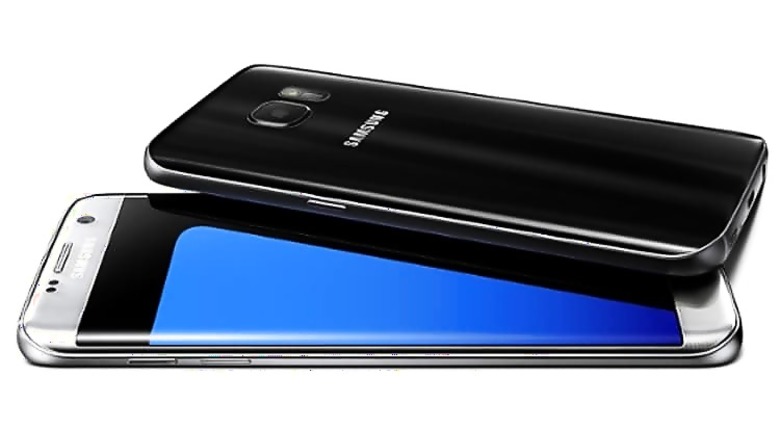
views
Mumbai: Samsung Electronics Co Ltd is regaining smartphone share in India with a revamped line-up packed with special features including a safety mode for motorcyclists, as rival Apple Inc readies a renewed push into the world's fastest-growing market.
Long the leader in price-conscious India, the South Korean giant had been losing ground to local rivals such as Micromax and Lava, as well as Chinese brands. But Samsung's Indian market share rose to 30 per cent as of February this year, from 28.6 per cent in the fourth quarter of 2015 and 27.4 per cent in the final quarter of 2014, research firm Counterpoint says.
The company credits strong sales for its mid-tier products, particularly its new Galaxy J series phones.
"Differentiated offerings are driving the trend in the mid-to-low-end segment," said Manu Sharma, vice president of product marketing for Samsung India Electronics.
For example, Samsung recently introduced its "S bike" mode, a feature targeted at India's legions of motorbike riders that, when activated, notifies callers that the phone's owner is riding and cannot answer.
Other draws for buyers include models with features for using less data or keeping the phone alive for longer when charging is not possible.
Researcher GfK says the J2, J5 and J7 account for nearly 20 percent of the Indian mobile market by value. Production cost savings are also enabling Samsung to sell higher-quality phones for less, analysts said.
Cutting Production Costs
Samsung's surge in the No. 2 smartphone market behind China comes as arch-rival Apple struggles to gain a footing with its expensive phones, holding market share of just 2 percent in the fourth quarter of 2015. The US firm's renewed efforts to import and sell used iPhones, meanwhile, are facing opposition from local vendors.
Samsung's gains also underscore how the world's No. 1 smartphone maker, with just under a fifth of the global market as of the end of 2015, is finding its footing after a long slide.
Though still squeezed by Apple in the premium segment and by Chinese rivals such as Huawei Technologies Co Ltd at the lower end, analysts say Samsung is righting itself by launching more attractive products and shaving production costs to compete better on price.
"Samsung mid-level smartphones, especially the J series, have been doing quite well in emerging countries, especially in India," said Tarun Pathak, an analyst for Counterpoint Technology, noting that budget-tier products have driven volumes for the South Korean firm in recent quarters.
Such efforts, and better-than-anticipated sales for its flagship Galaxy S7 devices, are expected to lift Samsung's earnings. Some analysts now expect Samsung's January-March profit to top 6 trillion won ($5.2 billion), compared with the Thomson Reuters StarMine SmartEstimate of 5.6 trillion won derived from a survey of 22 analysts.
Though Samsung will offer no details beyond estimated January-March revenue and operating profit when it gives guidance on Thursday, analysts expect its mobile division to have been its top earner for the first time in seven quarters.
Product Overhaul
Since mid-2014, Samsung has been overhauling its product design, particularly in the mid-to-low tier segments, phasing out old and unpopular models and launching new devices including the A, E and J series.
The newer devices incorporate parts and features traditionally found only in high-end phones, such as metal frames and organic light-emitting diode (OLED) screens.
As well as giving the phones a premium feel, that also enables Samsung to increase the number components common across its products, cutting costs and enabling more aggressive pricing, analysts said.
Dongbu Securities analyst Yoo Eui-hyung said such efforts could boost mobile division margins by 1 or 2 percentage points, although savings were likely to be offset by price cuts.
"Samsung is trying to hold its ground," he said.
Still, Samsung is expected to remain under pressure from Chinese competitors growing more aggressive overseas as growth at home slows.
"Samsung has regrouped itself but will have to be constantly on its toes," IDC analyst Kiranjeet Kaur said.
In addition to trying to secure permission to sell used, or refurbished, phones in India, Apple is betting its new 4-inch iPhone SE can help it gain new customers in the country.
The cheapest iPhone SE will sell at 39,000 rupees ($587), before discounts or promotions, compared with 8,350 rupees for the Galaxy J2 or 14,249 rupees ($215) for the J7, according to the companies' Indian online stores.
Despite the price gap, Apple's emerging market-focused phone could pose a threat to Samsung, some analysts say, particularly if it wins approval to import refurbished iPhones.
"Apple's portfolio strategy with the iPhone SE launch is particularly designed to make room for refurb devices for sub-$300 price-points," said Neil Shah, another Counterpoint analyst. "So Samsung and others who are playing in the $200-$400 segment should be worried."


















Comments
0 comment